Welcome to the world of polyculture, an approach to gardening that embraces diversity and mimics natural ecosystems.
How to Plant Lomandra on Roadsides for Erosion Control
Erosion is a natural process that can have damaging effects on landscapes, particularly roadsides. Gradually, soil, rocks and other surface materials is worn away by natural elements such as wind, rain, and temperature fluctuations. On roadsides, erosion can lead to hazardous conditions, causing damage to infrastructure and posing safety risks to traffic and pedestrians.
One effective method of controlling erosion is through strategic vegetation planting. Certain types of plants, like lomandra, are particularly beneficial in this regard. This perennial plant is renowned for its hardiness and adaptability, as well as its vigorous root system making it an excellent choice for erosion control on roadsides.
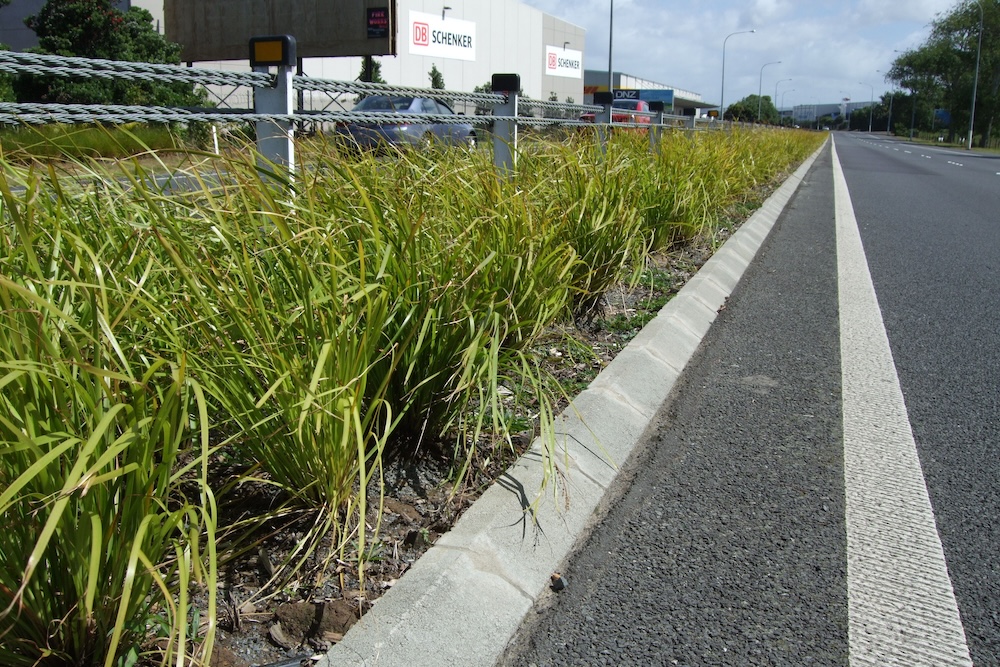
What is Lomandra?
Lomandra is a robust, evergreen plant native to Australia. It has a tufted growth habit, with long, arching leaves that form dense clumps attached to rhizomes. The plant produces small, fragrant flowers in spring and summer, which appear on spikes that rise above the foliage.
There are a number of notable species within the Lomandra genus with a native habitat spanning a wide range of climates and soil types, from coastal dunes to arid inland regions. This adaptability makes it a versatile plant suitable for a variety of landscaping applications, including roadside planting.
Why Lomandra is Perfect for Erosion Control
The roots of the lomandra plant penetrate wide and deep into the soil, binding it together and helping to prevent erosion caused by wind and water runoff.
The plant’s dense foliage also offers protection to the soil surface. When raindrops hit the leaves, the impact is absorbed and dispersed, reducing the force with which the water hits the soil and therefore limiting its erosive power.
Moreover, lomandra is exceptionally resilient to harsh conditions often found on roadsides. It can tolerate high levels of pollution, mineral-rich spray from passing vehicles, and extreme weather variations. Its hardiness and low maintenance requirements make lomandra an ideal plant for erosion control on roadsides.
Weed Potentiality of Lomandra
Natural lomandra species are known to have vigorous seeds that can germinate where they’re unwanted. This can cause competition for the local ecosystem, particularly when you’re planting varieties that are native to other parts of Australia.
Remember, Australia is a big country and just because a plant is an “Australian native,” that doesn’t mean the genetics originated from your specific locality.
That’s why choosing cultivars with less vigorous seeds is a good idea, such as the lomandras that we’ve bred at Ozbreed. They’re far less likely to set seed where they’re unwanted while still providing all of the erosion control you need.
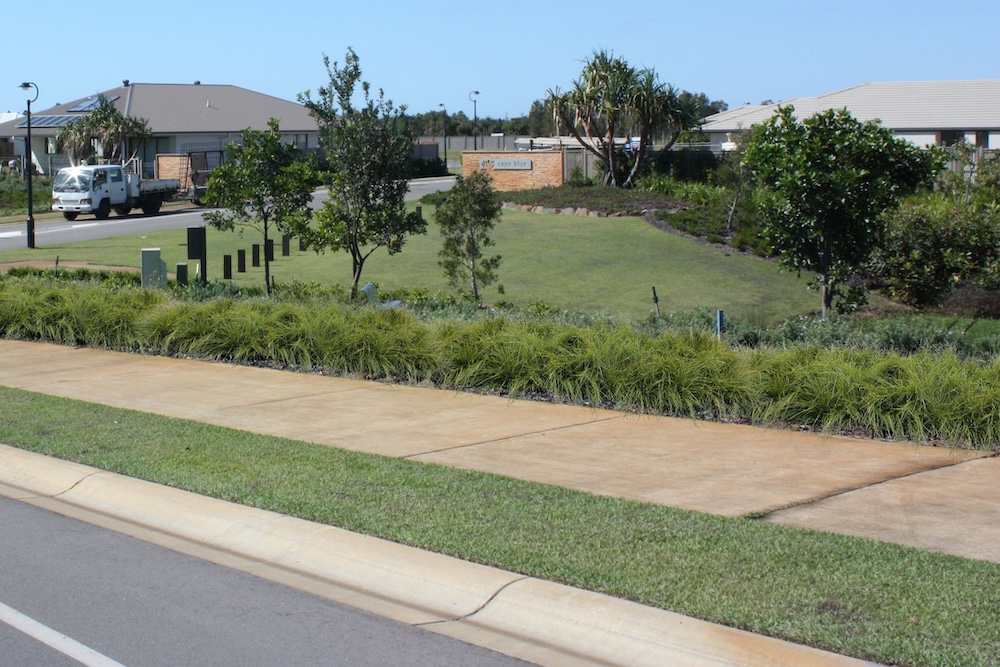
Preparing the Site for Planting Lomandra
Evaluating the Site
Before planting lomandra on roadsides, it’s important to assess the area for factors like sunlight exposure, soil type, and drainage. Lomandra is a hardy plant that can tolerate a range of conditions, but it thrives best in full to partial sunlight and well-drained soil.
Conducting a simple soil test can provide valuable information about its pH level and nutrient content. Lomandra typically prefers slightly acidic to neutral pH levels (6.0-7.0), but it can also tolerate slightly alkaline conditions.
Roadsides are often characterised by poor soil structure, and many lomandra varieties will thrive in these conditions much better than other plant types.
Preparing the Soil
To prepare the soil, follow these steps:
- Remove any existing vegetation and debris from the area. This includes grass, weeds, rocks and other obstructions.
- Break up compacted soil using a garden fork or mechanical tiller. This improves aeration and allows lomandra roots to 0070enetrate deeper into the soil.
- If within the budget and necessary, enrich the soil by adding organic matter such as compost or well-rotted manure. You could also consider adding a slow-release fertiliser to provide essential nutrients over time. This isn’t always practical in a revegetation setting and is a “nice-to-have” rather than mandatory.
How to Plant Lomandra on Roadsides for Erosion Control
Choosing the Right Lomandra Species
A range of natural species that have adapted to various environments across the country can be utilised for roadside erosion control, including:
Lomandra longifolia: Renowned for its robustness and resilience, Lomandra longifolia can reach heights of up to 1 metre. It thrives in various environments, from dry eucalyptus forests to damp areas near streams. While it can tolerate periodic wet feet, it can struggle in overly saturated, waterlogged soils, especially if the condition persists over an extended period.
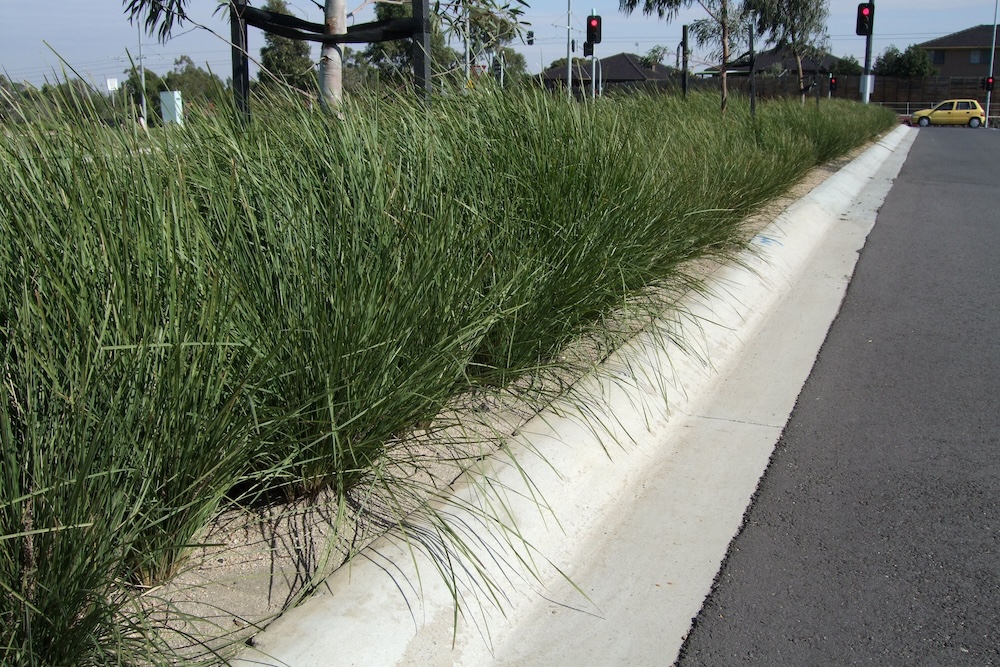
Lomandra confertifolia: More compact than Lomandra longifolia, Lomandra confertifolia typically grows up to 0.7 metres tall. This species is comfortable in well-drained soils but can also tolerate seasonally waterlogged conditions. However, like Lomandra longifolia, it may not fare as well in persistently waterlogged conditions.

Lomandra hystrix: The largest of the three, Lomandra hystrix can grow up to 1.5 metres tall. It features bright green, glossy leaves that are longer and broader compared to the other two species.
Cream-coloured and highly fragrant flowers adorn this plant in spring and summer. Lomandra hystrix is commonly found in consistently wet habitats, such as along creek banks or in moist open forests.
This makes it an excellent choice for areas with high rainfall or near water bodies. However, its preference for moisture means it might struggle in hydrophobic or extremely dry soils.
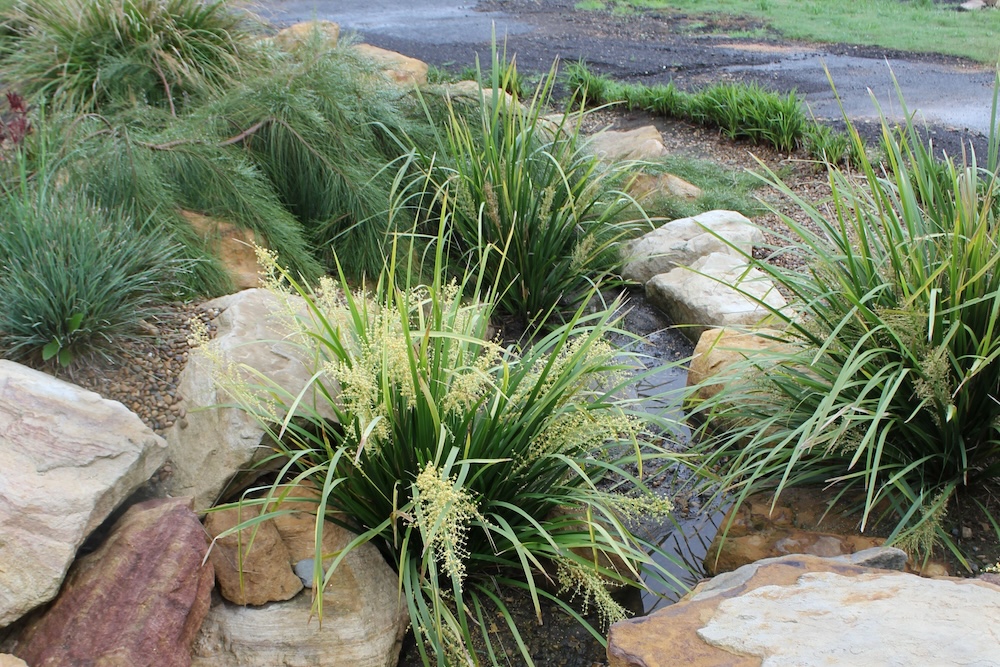
Breeders, like us at Ozbreed, have leveraged the potential of these natural species to produce new cultivars through selective breeding. By identifying lomandras with desirable traits—be it drought tolerance, disease resistance, or improved aesthetics—we breed them over several generations to enhance these characteristics.
The outcome is superior plants that embody the best qualities of their parent species, tailored for modern roadside erosion control needs. These cultivars are often less invasive than natural species because their seeds are less virile, meaning that you can use them without fear of negatively affecting the local ecosystem.
The Planting Process
To plant lomandra effectively for erosion control, follow these steps:
- Dig a hole that is twice as wide and just as deep as the root ball of your lomandra plant. Avoid “glazing” the sides of the hole in heavy clay by breaking the sides so that they have jagged edges.
- Place the lomandra plant in the hole, ensuring that the top of the root ball is level with the soil surface.
- Backfill around the plant with soil, firming it gently with your hands to remove any air pockets.
- Space plants around 0.2-1 metre apart (depending on the variety you’re using) for effective erosion control.
The best time of year for planting lomandra depends on your local climate, but generally, late winter and early spring are good times as this allows the plants to establish before summer heat.
After planting, water the lomandra thoroughly and, if the budget allows, apply a layer of mulch around the plant to conserve moisture and suppress weed growth. Remember, lomandra is a low-maintenance plant, so avoid overwatering. Once established, your lomandras should be able to cope with the natural rainfall available as long as you’ve chosen the right variety for the location.
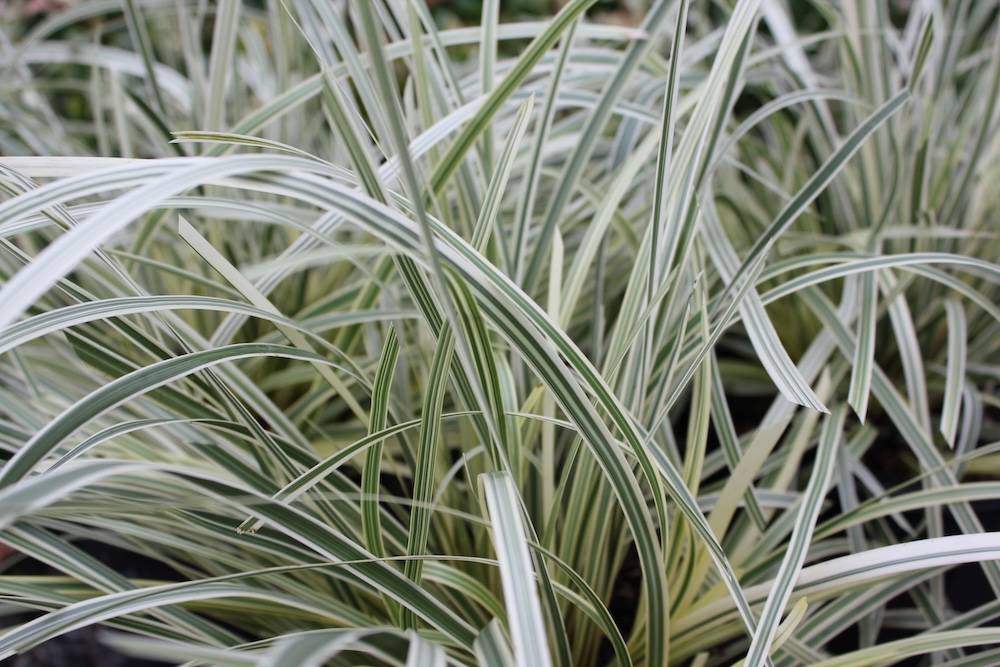
Maintaining Lomandra on Roadsides
Regular Maintenance Practices
Despite its low maintenance nature, lomandra does require some basic care to thrive.
Occasional watering during dry periods can help the plant maintain its vigour, especially in the first year after planting when it is establishing its root system. Visual inspections will help you identify if the plants aren’t receiving enough water during a drought or when the soil becomes hydrophobic or compacted.
In a roadside erosion control context, it’s unlikely that you’ll be fertilising or pruning your plants. If they start to encroach over the road, you can certainly hedge prune the foliage back, but you’ll have to continuously do this during the growing season. A better approach may be to remove a few layers of rhizome with a shovel or mattock once every few years as the clusters grow. This is also known as “division.” These divided rhizomes can often be replanted.
Plants under plant breeder’s rights (PBR) can’t be grown for sale. You’re only allowed to grow them for personal usage. Nurseries utilise special techniques, frequently through tissue culture, to nurture them. Depending on your schedule, purchasing them might be simpler and cheaper.
Nonetheless, if you have the time and no intention of selling them, doing it yourself might be a good option.
Dealing with Pests and Diseases
Lomandra is relatively resistant to pests and diseases. However, it can occasionally be affected by leaf spot diseases, which present as brown or black spots on the leaves. Root rot can also occur in poorly drained soils, and insect pests like mealy bugs can take hold, particularly when the plant isn’t thriving.
Natural treatment options for these issues include improving soil conditions, and spraying the foliage for white oil to knock insect pest populations back. For more severe cases, pesticides can be used according to the product’s instructions. Before you reach for the chemicals, though, consider an Integrated Pest Management (IPM) approach.
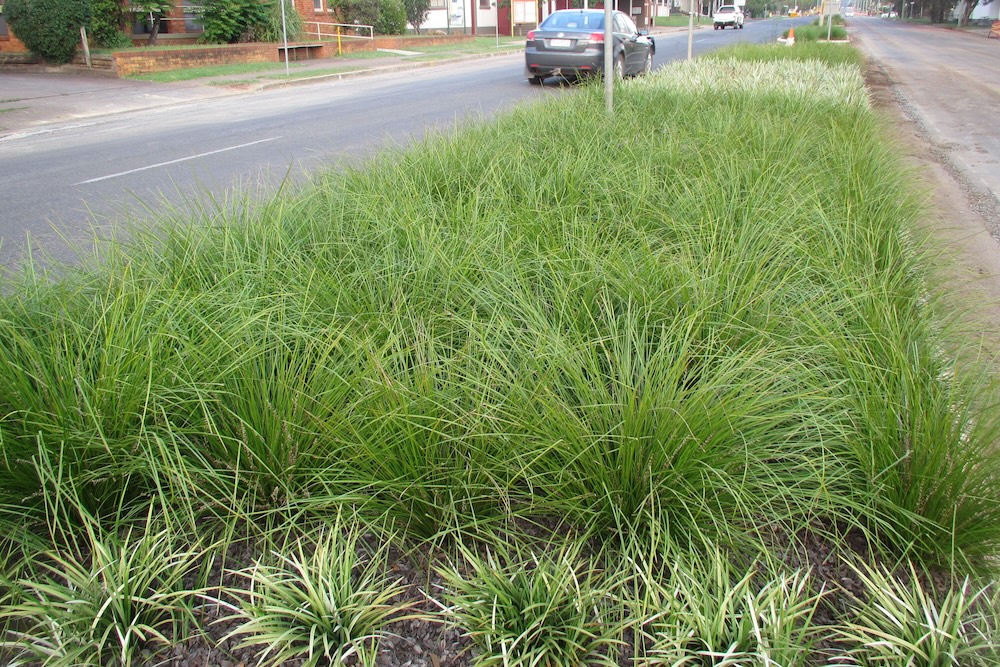
The Benefits of Planting Lomandra on Roadsides
Planting lomandra on roadsides offers several benefits beyond preventing soil erosion. It contributes to biodiversity by providing habitat for small birds, reptiles, insects and other critters. This can enhance the local ecosystem and promote a balance of wildlife.
Aesthetically, lomandra adds a lush, green element to the roadside throughout the year. Its attractive foliage and flower spikes can significantly improve the visual appeal of roadsides.
Furthermore, lomandra planting contributes to green infrastructure along roadsides. It can help create a healthier and more sustainable environment by filtering rainwater runoff and improving soil health.
Daniel’s Wrap
Planting lomandra on roadsides offers an effective solution for erosion control while enhancing biodiversity and aesthetic appeal. With its hardiness and adaptability, lomandra is an excellent choice for roadside landscaping.
Whether you’re a professional working in civil infrastructure, a professional landscaper, or a home gardener, consider incorporating lomandra into your roadside planting plans. The result is resilient, attractive roadside greenery that benefits people, infrastructure and wildlife.
If you’d like to see more information on plants that can strengthen soil, see this research.

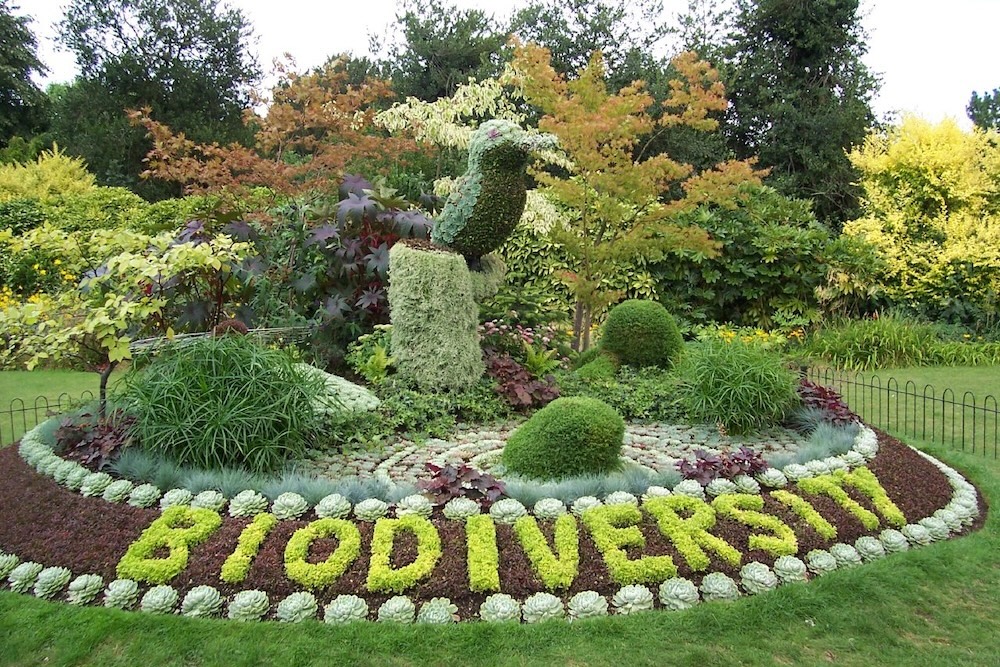
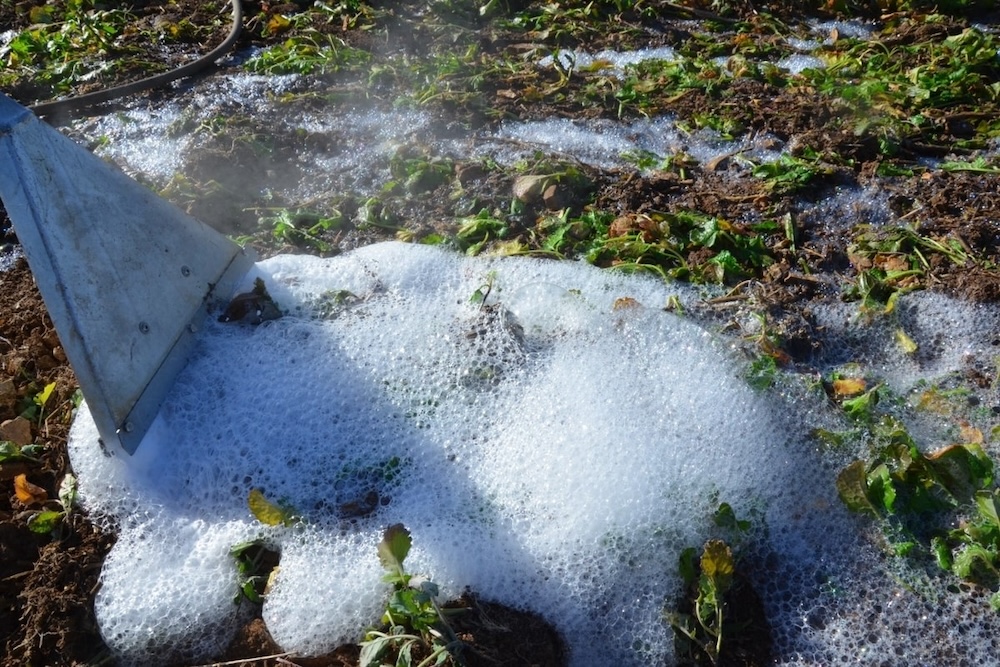
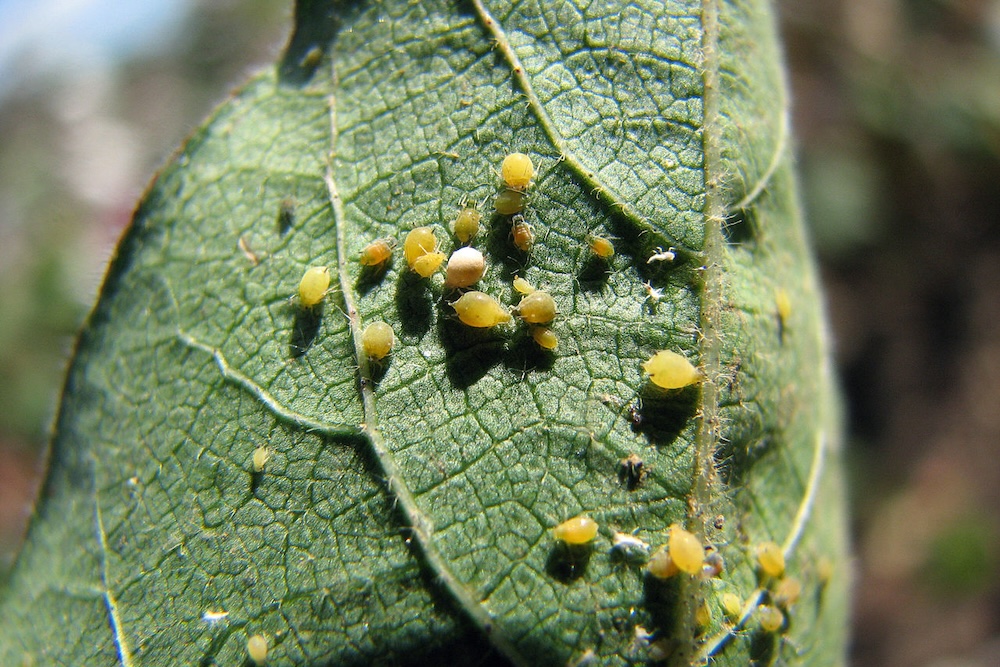
This Post Has 0 Comments